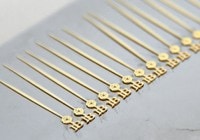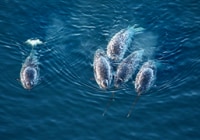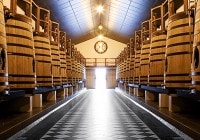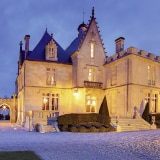
Search in Issues
Chapters
Chapter 8
Bordeaux CHÂTEAU PAPE CLÉMENT
Drones, cows and a pope.
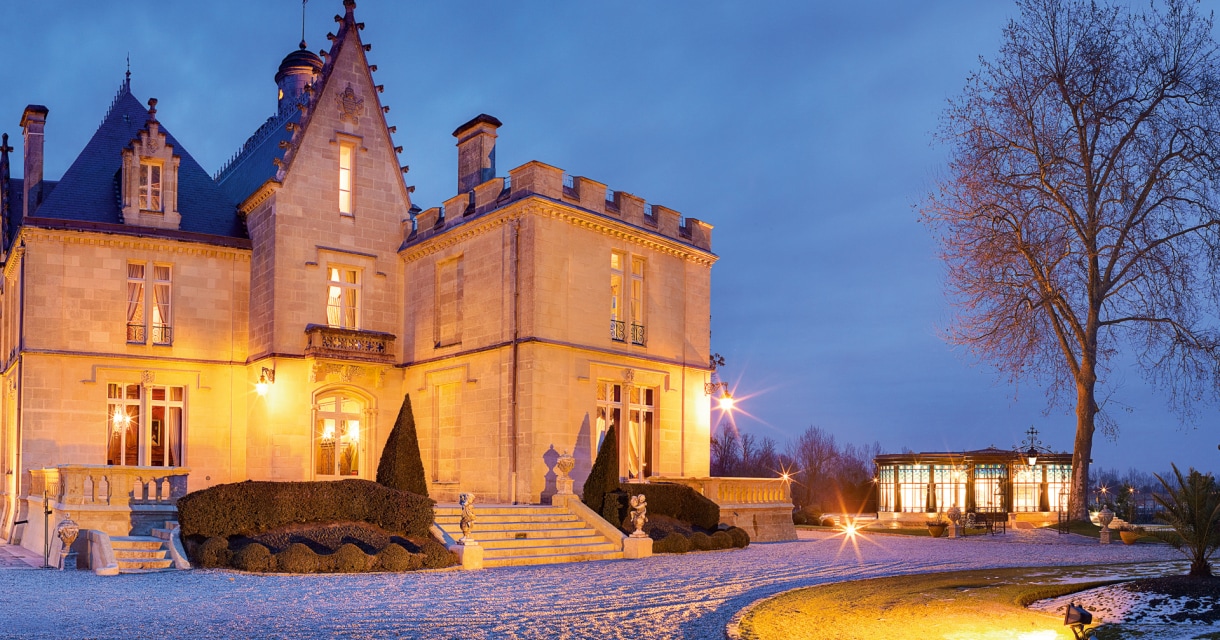
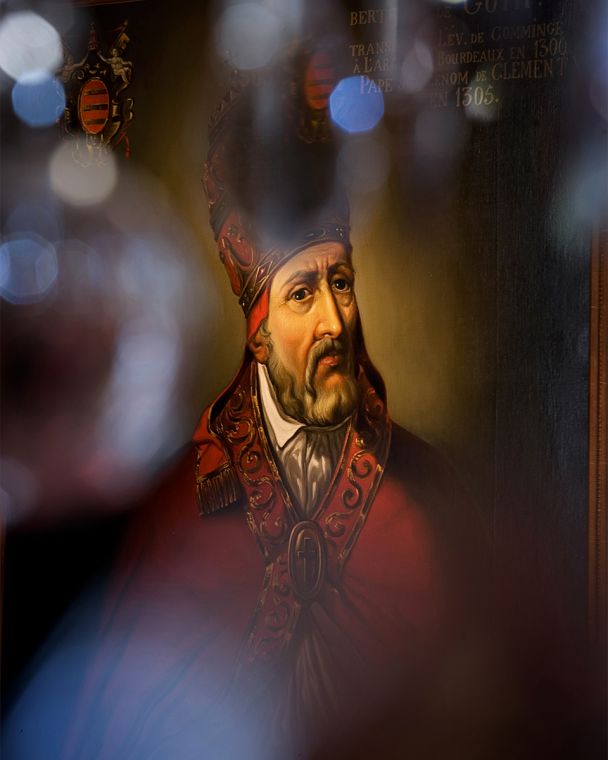
Pope Clément V who, upon being selected as the pontiff, donated his vineyard, which was renamed “Pape Clément” in his honor.
Drones, cows, and a pope. How can a single institu tion bridge across that improbable expanse? But that is precisely both the present reality and the legacy of Bordeaux’s prestigious Château Pape Clément.
Château Pape Clément is one of Bordeaux’s most storied châteaux. Indeed, it can trace winemaking in its vineyards located in Pessac, now a Bordeaux suburb and part of the region known as “Graves”1, to 1252. Regrettably, even though Graves was the principal winemaking region in Bordeaux in the 13th century, following the official 1855 classification of wines which only included a single Graves château, HautBrion, the world’s attention for long periods looked north to the Médoc with its renowned names Lafite, Latour, Margaux, Mouton, Léoville, Ducru, Pichon and Cos d’Estournel.
Both history and tastings today widen this artificially narrow field of view. From early in its evolution, the vineyards of the present day Château Pape Clément were among the most prized in the region. So prestigious, in fact, that the archbishop of Bordeaux, Bertrand de Goth, selected them as his own in 1299. At the time, the vineyards bore the name de la Mothe because they sat upon slightly elevated terrain. De Goth’s stewardship of de la Mothe was dramatically altered not long after, in 1305, when he was appointed pope, taking for himself the name Clément V and becoming the first pontiff to establish the seat of the Church outside of Rome, in Avignon. Absorbed with his responsibilities in the Châteauneuf, Clément V in 1309 decided to cede de la Mothe to the new archbishop of Bordeaux and the vineyard assumed the name Pape Clément in his honor. For the next nearly 500 years, production of Château Pape Clément was principally reserved for the Church’s own consumption.
The French Revolution tore ownership of Château Pape Clément from the Church and placed it in the public domain. A series of private owners followed, some of whom endured difficult challenges, the most
1 Since 1987, Château Pape Clément’s location within what was previously classified as “Graves” has received a more specific appellation: Pessac-Léognan.
Multiple factors lie behind the REMARKABLE ASCENSION IN QUALITY of Pape Clément.
notable of which was a hailstorm of nearly biblical proportions that destroyed the vineyard in 1937. It was not until after the war that the full process of restoration began. Even then, the assent was not without its setbacks in the beginning and critics later on. Since the original 1855 Bordeaux classification essentially ignored the Graves region, notwithstanding its rightful claim to being the birthplace of claret, a jury appointed by the Institut National des Appellations d’Origine in 1953 set out to right the slight with a classification of Graves wines. Sadly, Château Pape Clément was omitted from the list. Not until 1959 was this error corrected. Nonetheless, decades passed without Château Pape Clément being part of the conversation when the superstars of Bordeaux were being discussed. Famed wine critic Robert Parker was not gentle in his descriptions of Château Pape Clément from these decades in the past, calling the wines “undrinkable” and the estate “moribund”.
Enter Bernard Magrez in 1983. His ownership and guidance of the château have been marked by creativity, a nose for talent, lavish investment in facilities and research, uncompromising standards, and obsessive attention to detail. Wines that Parker had previously denounced as “undrinkable” have soared to garner the ultimate accolade of 100 points.
There has been no single silver bullet responsible for this remarkable ascension in quality. A day spent with Bernard Magrez accompanied by his vineyard manager, Frédéric Chabaneau, revealed the breadth and depth of the transformation of the estate.
It is clear that Magrez is an innovator. So much so that he sponsors a center for research. And what has emerged from this investment? Both cutting edge technology and science and a bold and costly aboutface towards the past. Drones and cows. The Château Pape Clément estate comprises some 32.5 ha in Pessac. As the saying goes “wines are made in the vineyard” and drones flying just above the leaves enable forms of detailed monitoring of vine health and growth never before possible. Indeed, so rich is the data collected, that Château Pape Clément is able to subdivide their vineyard into minute sections, microparcels if you will, so that at harvest it can decide which vines to pick first and which vines to harvest later. Of course, in the past and practiced elsewhere by prestige estates, vineyard managers have been and are able to walk the vineyards inspecting for health and ripeness. But with the drones (and the experts who examine and interpret the gathered data) inspection can be done more quickly, regularly and accurately. Currently, only Magrez has rolled out this technical advance for vineyard management.
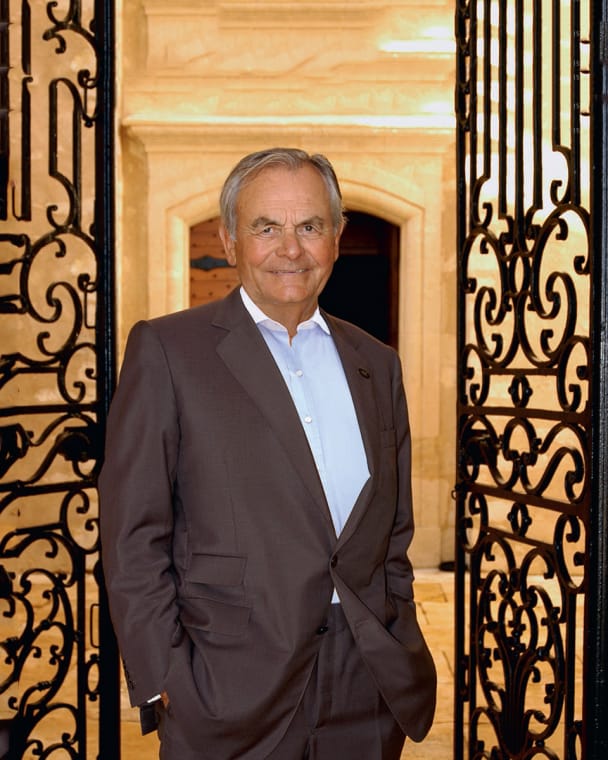
Bernard Magrez.
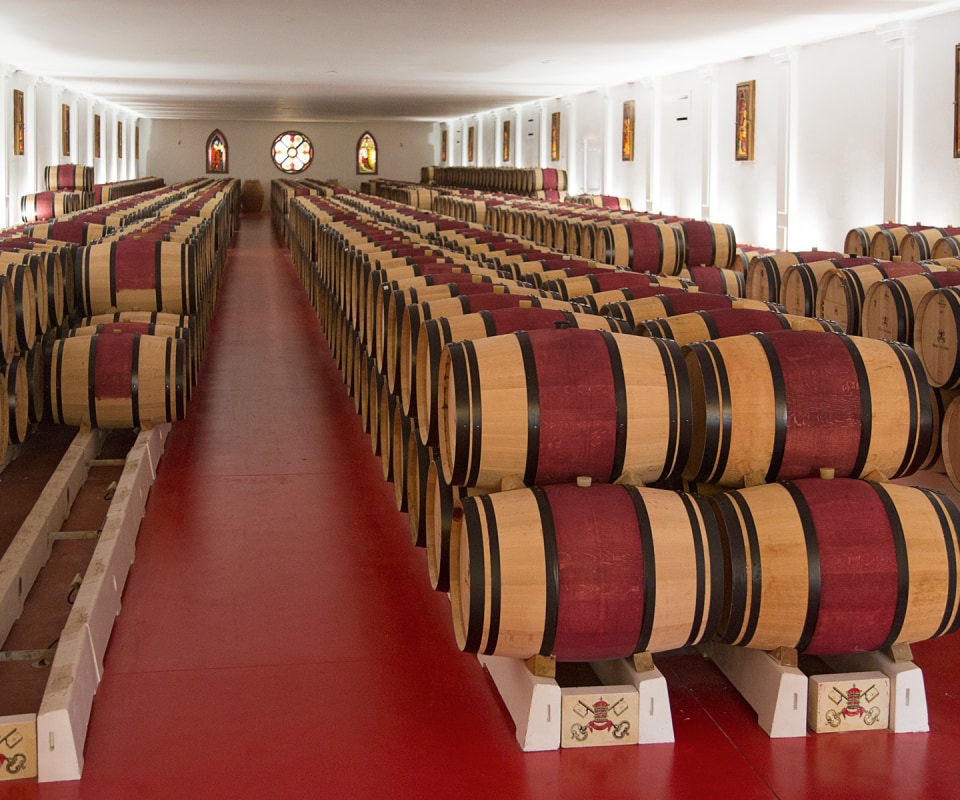
Drones may be the future, but the cows are unquestionably the past. Not only is it the norm to use tractors for vineyard plowing, there are those investing the development of driverless tractors able to follow automatically vineyard rows and, upon reaching the end, sveltely execute a turn to select the next row. A Google driverless car or a robot vacuum cleaner come to mind. Magrez may have fully embraced cutting edge science for his drones, but he rejects completely the notion of a driverless tractor. In fact, he spurns tractors altogether. Instead, for tilling the soil, he favors plows pulled by cows. Why this centuries-old solution? First and foremost, the weight of a cow’s foot leaves largely undamaged tender shoots from the vines lying just under the surface of the soil and, as well, hardly compacts the soil as it passes down a row. By contrast, heavy tractors both damage tender shoots and tramp down the earth. Second, if the plow strays from a perfect path and comes up against a vine, the cow feeling a change in resistance stops. There is no similar sensibility built into tractors or felt by the operators and the vine will become damaged. For one or two Burgundian domains, with their parcels miniscule in dimension compared to Bordeaux, animal plowing is practiced. In Bordeaux, it is the tractors which rule elsewhere.
Intense hand work when the grapes arrive in the chai; NO LESS THAN 100 WORKERS SORT AND DE-STEM.
One interesting twist. In the 800 years that have elapsed since winemaking began here, the surroundings have urbanized. Only the vineyard walls lie between the vines and the homes. So whereas the neighbors of most estates in Pessac complain about the noise of tractors, at Château Pape Clément it is the odors emanating from the barn.
Similar rigor is practiced at harvest. All of the production is picked by hand. Most importantly, based on the data gathered by the drones, multiple passes are made through the vineyard with some of the microparcels harvested later than others in order to optimize maturity.
There is no letup in the intensity of the hand work upon the arrival of the grapes in the chai. Magrez employs no less than 100 people...a staggering number... to sort and de-stem the grapes as they arrive from the vineyards. The arriving grapes pass along a conveyor belt (four of them are used at a time). Workers on each side of each belt remove the grapes, one by one, from the stem. The process is more difficult than it might otherwise seem, for it is essential that skin not be torn or damaged anywhere, particularly at the small point where it is attached to the fine stem. Skill and unhurried patience are required to de-stem perfectly. The refuse is tossed into a center channel on the belt, while the selected, perfectly intact grapes pass down the lineto be inspected by others manning the belt. Any flaw, and the grape is rejected and tossed into the center channel. The cost of this inspection process is enormous, but that is the price to achieve perfection.
The grapes are vinified parcel by parcel. The reds are vinified in wooden, temperature controlled vats. Temperatures are kept cool for four or five days, before being allowed to rise for fermentation to start. Equipped with arms, the vats stir the wine (remuage) constantly. The whites are vinified in special concrete vats shaped like eggs. This form promotes circulation of the fermenting wine.
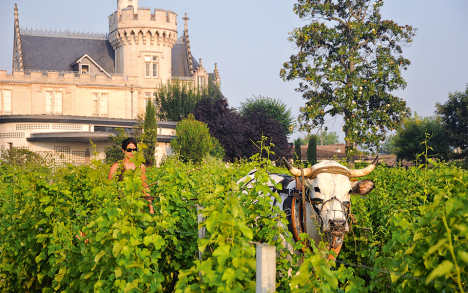
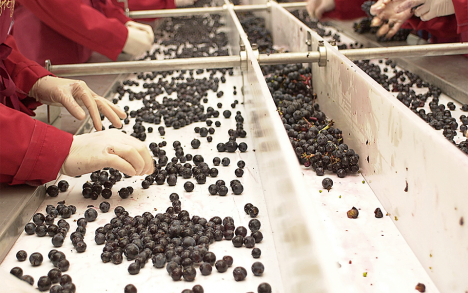
Sorting and de-stemming of the harvest.
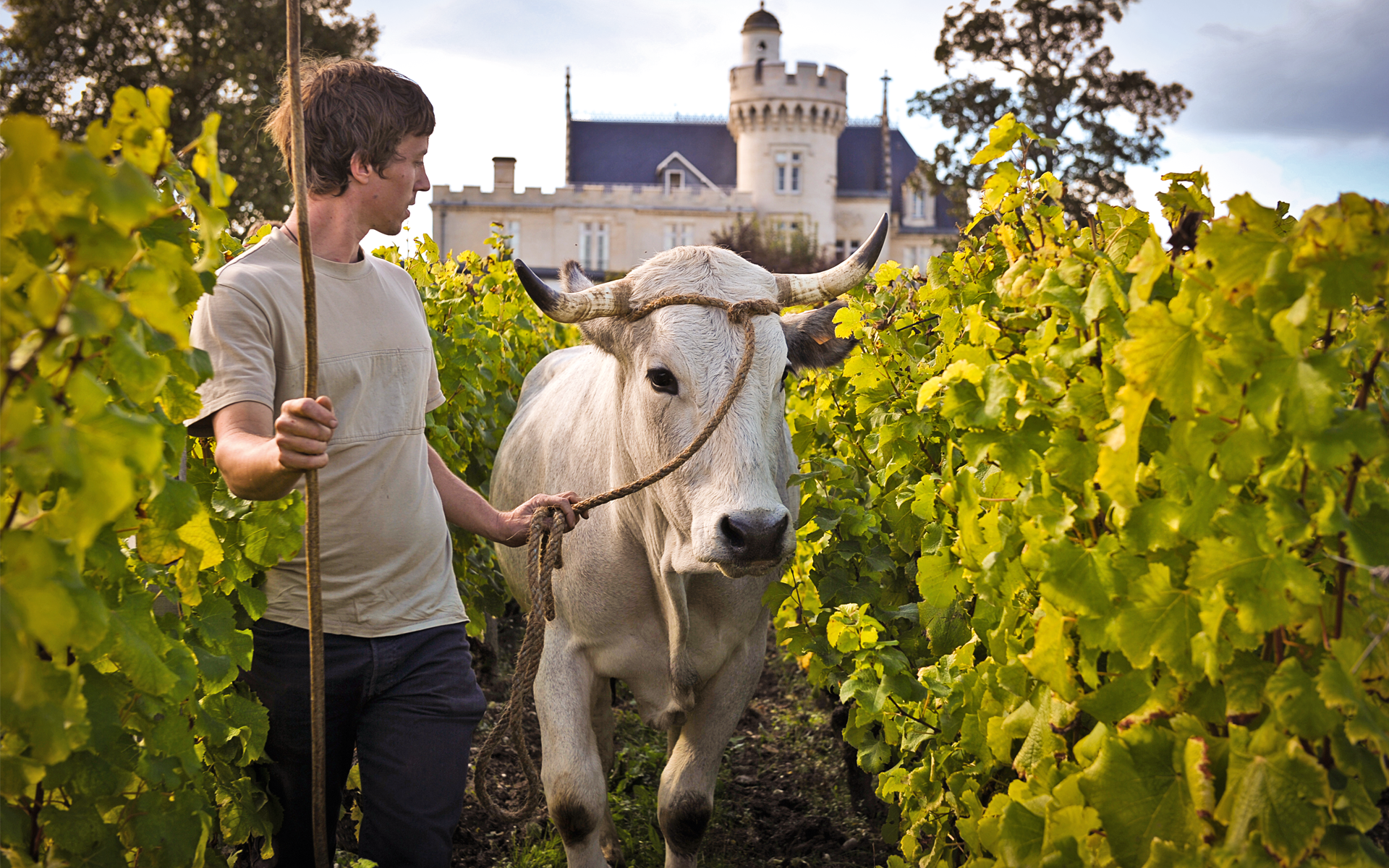
Magrez has led PAPE CLÉMENT to the summit with 100-POINT WINES.
Selection and blending are key steps. Magrez works side by side with Michel Rolland, one of Bordeaux’s most renowned consultants. Superlatives pour from Magrez when he speaks of the talents of Rolland in his selection of the wines from the particular parcels. Judgments and decisions change from year to year, so that Rolland and Magrez taste the wines from each parcel separately. Not only are the final blends determined, but the selections are made for the wine that will be the Château Pape Clément Grand Vin and that which will go into the second wine, Le Clémentin du Pape Clément. Although there is yearly variation and fine-tuning in Rolland’s and Magrez’s blend, in general Château Pape Clément is approximately 50–55% cabernet sauvignon, 42–45% merlot with the remainder composed of 1–2% each cabernet franc and petit verdot. Soil types determine where these principal components are planted. The cabernet is planted on the gravelly sandy areas; the merlot is located on clay soils.
Château Pape Clément produces a small quantity of an outstanding white which is generally 45% sémillon, 45% sauvignon blanc and 10% muscadelle.
As he has transformed the winemaking and catapulted the quality to the very pinnacle of Bordeaux, so, too, has Magrez burnished the château itself. Outside, the château, surrounded by a park with thousand year old olive trees, gleams. Inside, it boasts artifacts from its papal history. Magrez has not, however, confined all of his energies to this restoration of Château Pape Clément, as his portfolio includes three other classified Bordeaux estates: Château Fombrauge in Saint-Émilion; Clos Haut-Peyraguey in Sauternes; and Château La Tour Carnet in the Haut-Médoc.
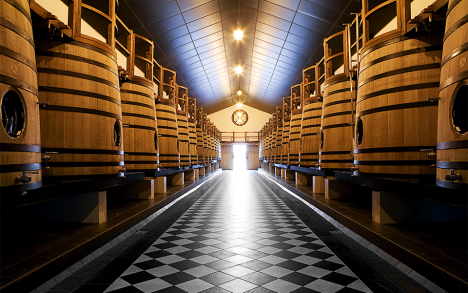

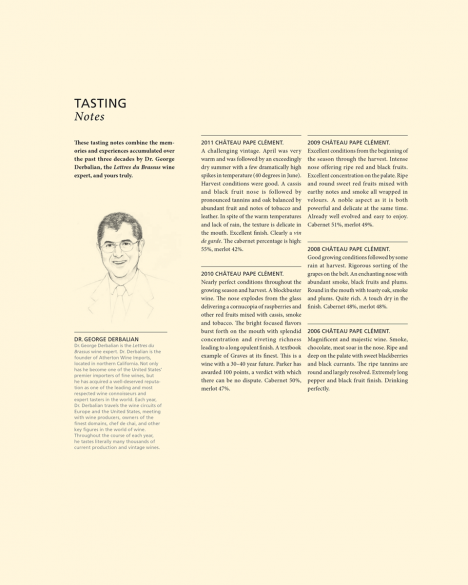
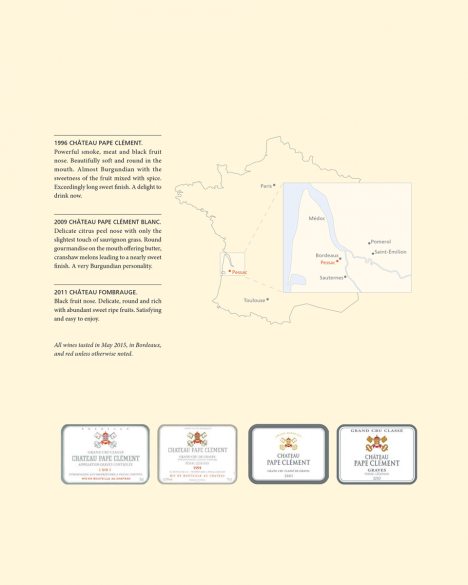
|
PUBLISHER EDITORIAL COMMITTEE PROJECT MANAGEMENT EDITORS IN CHIEF CONTRIBUTORS TO THIS ISSUE TRANSLATION PROOFREADING |
GRAPHIC DESIGN. REALISATION ART DIRECTION PHOTOLITHOGRAPHY WATCH PHOTOGRAPHY OTHER PHOTOGRAPHY, ILLUSTRATIONS
Release date: November 2015 |
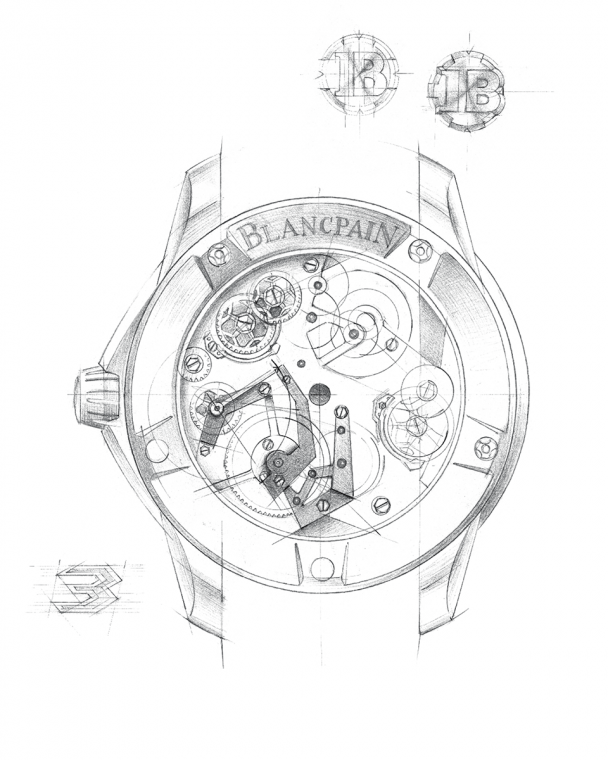
Other issues
Don't miss the latest issue
Sign Up for New Releases






